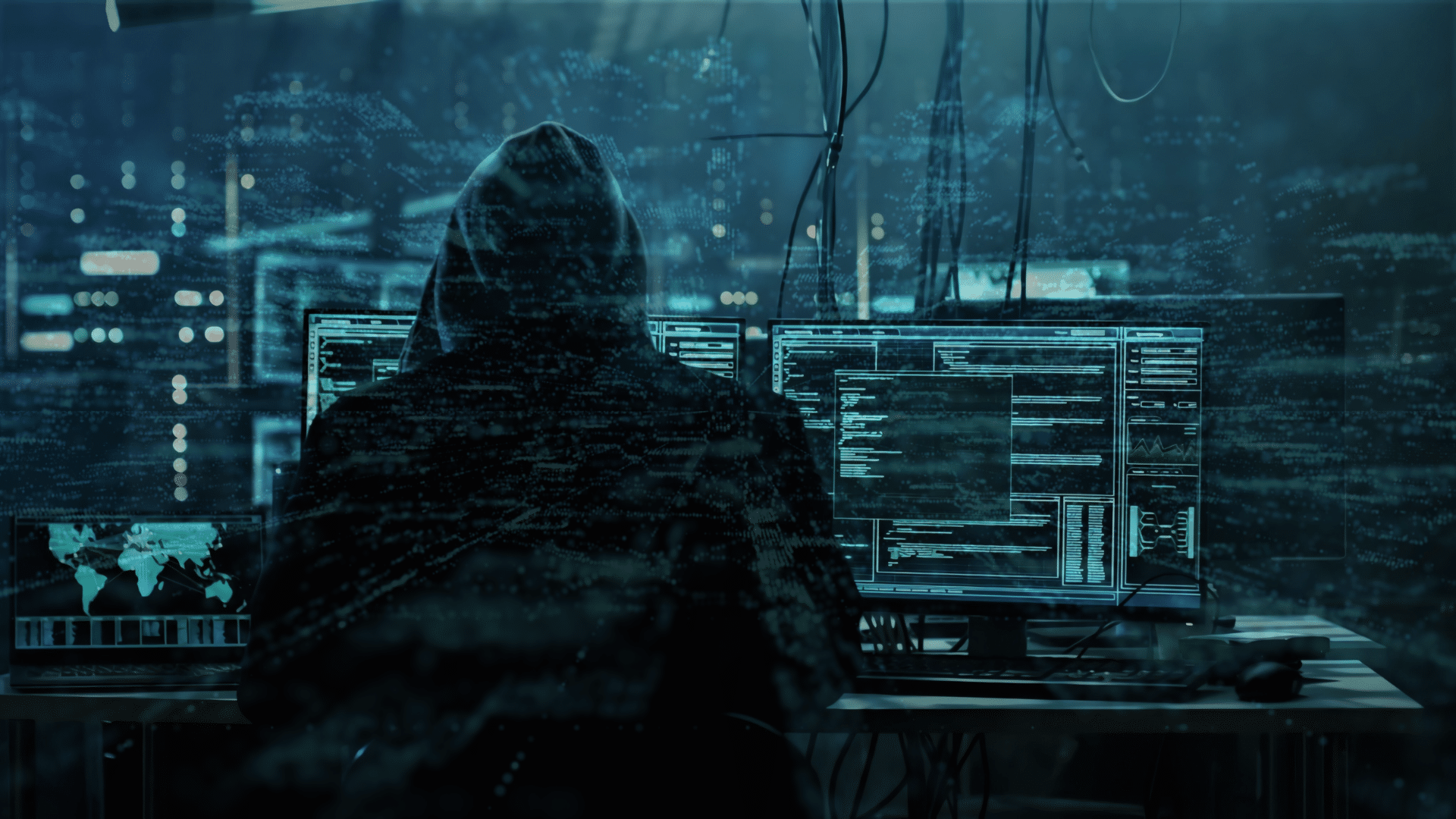Ransomware

What is Ransomware?
Ransomware is a type of malicious software (malware) that encrypts a victim’s files or systems, rendering critical data and operations inaccessible. The attackers then demand a ransom, typically in cryptocurrency, in exchange for the decryption key. In some cases, cybercriminals also threaten to leak sensitive data if the ransom is not paid, adding a layer of extortion. Ransomware attacks can disrupt organizations of all sizes, leading to significant financial losses, operational downtime, reputational damage, and potential legal consequences.
What Happens During a Ransomware Attack?
A typical ransomware attack follows a staged approach. Threat actors first gain initial access, often via phishing emails, exploiting unpatched vulnerabilities, or leveraging compromised credentials. Once inside, they move laterally through the network, escalate privileges, and identify valuable data and systems. Attackers often disable security tools, delete backups, and exfiltrate sensitive data before deploying the ransomware payload. The encryption process is then triggered, locking files and displaying a ransom note with payment instructions. Increasingly, attackers threaten public data leaks to maximize pressure on victims to pay.
Who is Behind Ransomware?
Modern ransomware attacks are primarily orchestrated by organized crime groups, operating as sophisticated businesses. These groups have developed complex ecosystems including ransomware-as-a-service (RaaS) models, access brokers, and specialized affiliates. Some ransomware operators even attempt to justify their actions as “penetration testing for a fee,” trying to normalize criminal extortion as a business transaction. While large, well-established syndicates target high-value victims, newer and less experienced actors tend to attack smaller organizations with weaker defenses. State-sponsored actors and politically motivated groups may also deploy ransomware as part of broader cyber sabotage campaigns.
How Do You Protect Against Ransomware?
Protecting against ransomware requires a holistic, layered approach that combines technology, processes, and people. Effective defense encompasses proactive measures to prevent initial compromise, robust detection and response capabilities, and well-rehearsed recovery plans. As ransomware tactics evolve, organizations must continuously adapt their strategies, focusing on both technical controls and organizational resilience.
11 Actions to Minimize the Chance and Impact of a Ransomware Attack
- Enforce Multi-Factor Authentication (MFA)
Require MFA for all remote access, privileged accounts, and critical systems. MFA significantly reduces the risk of unauthorized access, especially when credentials are compromised through phishing or data breaches. - Patch and Update Systems Promptly
Regularly update operating systems, applications, and firmware to address known vulnerabilities. Many ransomware attacks exploit unpatched, internet-facing services as their initial entry point. - Strengthen Email Security and User Awareness
Implement advanced email filtering to block phishing attempts and malicious attachments. Conduct regular security awareness training to help users recognize and report suspicious emails, as phishing remains a leading attack vector. - Limit Access and Apply the Principle of Least Privilege
Restrict user permissions to only what is necessary for their roles. Limit administrative privileges and segment networks to contain potential breaches and slow attacker movement. - Deploy Endpoint Detection and Response (EDR) Solutions to All Endpoints and Servers
Use advanced EDR tools to monitor, detect, and respond to suspicious behavior across all endpoints and servers. EDR solutions can help identify ransomware activity early and enable swift containment. - Maintain and Test Backups of All Relevant Business Systems (3-2-1-1 Backup)
Ensure regular, secure, and offline backups are maintained for all critical business systems and data. In the event of an incident, backups may be your only means of recovery. Use immutable or secure backup solutions, following the 3-2-1-1 rule: keep three copies of your data, on two different media, with one copy off-site and one offline or immutable. Regularly test backup restorations to confirm you can recover systems and data effectively after an attack. - Monitor and Secure Remote Access, Ensuring All External Access is Protected by MFA
Secure remote desktop protocols (RDP), VPNs, and other remote access solutions with strong authentication, network segmentation, and monitoring. All external access should be protected by MFA. Disable unused remote services and limit access to trusted IPs where possible. - Conduct Vulnerability Assessments and Penetration Testing
Regularly assess your environment for weaknesses and simulate attacks to identify and remediate gaps before adversaries exploit them. - Establish an Incident Response Plan
Develop and rehearse an incident response plan that includes ransomware scenarios. Ensure all stakeholders know their roles and responsibilities. Maintain up-to-date contact lists for internal and external responders. - Engage in Threat Intelligence Sharing
Participate in industry threat intelligence networks to stay informed about emerging ransomware tactics, techniques, and procedures. Early warning and shared knowledge can help prevent attacks.
- Secure the Supply Chain
Assess and monitor the security posture of third-party vendors and partners. Supply chain attacks are an increasing vector for ransomware, so ensure that your suppliers follow robust security practices.
Conclusion
Ransomware continues to be a pervasive and evolving threat, targeting organizations of all sizes across every sector. By understanding who is behind these attacks and implementing a comprehensive defense strategy, organizations can significantly reduce their risk and minimize the potential impact. The key lies in proactive preparation, continuous improvement, and cross-functional collaboration – making ransomware defense an integral part of your overall cyber resilience strategy.